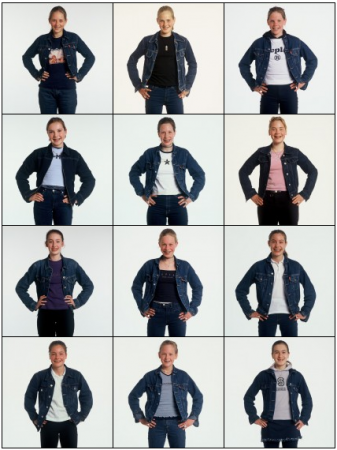
In seeking their identity, adolescents try out a wide variety of different personas. These are often closely associated with changing appearance and style. What I find interesting is how the different styles increasingly cross cultures and other traditional divides (like race). This is evident in Ari Versluis and Ellie Uyttenbroek’s photographic series Exactitudes.
There’s something sad about the loss of local cultural uniqueness to globalization; it’s a bit similar to the feeling you get when you hear about another interesting species becoming extinct. Curiously, however, when Versluis and Uyttenbroek tile together photographs of different people from the same subculture striking identical poses, they not only highlight the similarities between very different people, but also the minute variations that individuals employs to make the subgroup’s “uniform” their own.

All 128 pictures sets are thought provoking and worth a look. I think they would make useful subjects for students to reflect on (though, warning, there is a little nudity in one of the sets).
(via Brain Pickings)




